
First published in Great Britain in 2015 by Osprey Publishing
PO Box 883, Oxford, OX1 9PL, UK
PO Box 3985, New York, NY 101853985, USA
E-mail:
Bloomsbury is a registered trademark of Bloomsbury Publishing Plc
This electronic edition published in 2015 by Bloomsbury Publishing Plc
Osprey Publishing, part of Bloomsbury Publishing Plc
2015 Osprey Publishing Ltd.
All rights reserved
You may not copy, distribute, transmit, reproduce or otherwise make available this publication (or any part of it) in any form, or by any means (including without limitation electronic, digital, optical, mechanical, photocopying, printing, recording or otherwise), without the prior written permission of the publisher. Any person who does any unauthorised act in relation to this publication may be liable to criminal prosecution and civil claims for damages.
A CIP catalog record for this book is available from the British Library
Print ISBN: 978-1-4728-0947-6
PDF ebook ISBN: 978-1-4728-0948-3
ePub ebook ISBN: 978-1-4728-0949-0
Editor: Martin Windrow
Osprey Publishing supports the Woodland Trust, the UKs leading woodland conservation charity. Between 2014 and 2018 our donations will be spent on their Centenary Woods project in the UK.
www.ospreypublishing.com
TITLE PAGE Gemunden, Germany, April 1945: American Red Cross Canteen Corps girls, wearing their dark gray overcoats, hand out donuts to the crew of a 76mm-gun M4A3E8 Sherman of the separate 756th Tank Battalion. The Panzerfaust crate at bottom right is now just firewood to heat the victors coffee. (Tom Laemlein/Armor Plate Press)
IMPERIAL WAR MUSEUM COLLECTIONS
Many of the photos in this book come from the Imperial War Museums huge collections, which cover all aspects of conflict involving Britain and the Commonwealth since the start of the 20th century. These rich resources are available online to search, browse, and buy at
ACKNOWLEDGMENTS
The author is grateful to Tom Laemlein of Armor Plate Press, and to Ren Chartrand, for their photographic support.
Extra appreciation goes to Martin Windrow for his contributions to the text.
NOTE ON UNIT DESIGNATION DIFFERENCES
British and Canadian infantry brigades had three battalions, like US regiments. US groups were also multi-battalion, regiment-equivalent commands.
British and Canadian armored and artillery regiments were battalion-size, their squadrons and batteries company-size, and troops platoon-size. However, US cavalry reconnaissance squadrons were battalion-size; their troops were company-size, and composed of platoons.
The British and Canadian rifle section was equivalent to the American squad.
ARTISTS NOTE
Readers may care to note that the original paintings from which the color plates in this book were prepared are available for private sale. All reproduction copyright whatsoever is retained by the Publishers. All inquiries should be addressed to:
Peter Dennis,
Fieldhead, The Park, Mansfield, Nottinghamshire NG18 2AT, UK
The Publishers regret that they can enter into no correspondence upon this matter
CONTENTS
Training Tactics
Organization
Origins and strength Organization Casualties Equipment
Deployment
Swimming, flail, and flamethrower tanks
Acronyms used in this text, in addition to standard abbreviations of unit titles:
| AAA | antiaircraft artillery (British & Cdn, AA) |
| AFV | armored fighting vehicle (tanks, tank destroyers, halftracks, armored cars, scout cars, etc.) |
| AP | armor-piercing (antitank ammunition) |
| APDS | armor-piercing discarding-sabot (improved AP ammunition) |
| AT | antitank |
| BAR | Browning Automatic Rifle |
| CCA, |
| CCB | Combat Commands A, B (within Armd Div) |
| CO | commanding officer |
| Co | company, US (British/Canadian, Coy) |
| FFI | Forces Franaises de lInterieur (French Resistance) |
| FFL | Forces Franaises Libres (Free French Forces) |
| FO | forward observer (for artillery; British, FOO = FO officer) |
| HMG | heavy machine gun |
| HQ | headquarters |
| LAA | light antiaircraft (British & Cdn) |
| LMG | light machine gun |
| MG | machine gun |
| NCO | non-commissioned officer (corporals, sergeants) |
| OR | other ranks (British term for enlisted men; sometimes includes NCOs) |
| RC | Reserve Command (aka Combat Command Reserve CCR) |
| RCT | regimental combat team |
| recon | reconnaissance |
| SHAEF | Supreme Headquarters, Allied Expeditionary Force |
| SMG | submachine gun |
| SP | self-propelled (artillery, TD/AT guns on tank chassis) |
| TD | tank destroyer |
| WP | white phosphorous (smoke & incendiary compound) |
OVERVIEW
The greatest amphibious assault in history began in Normandy on D-Day, June 6, 1944. Just 11 months later Western Allied troops were on the coast of the Baltic Sea, beyond the Elbe river, and inside Czechoslovakia, and Victory in Europe was proclaimed at the beginning of the second week of May 1945. During those 11 months operations on a momentous and unprecedented scale were carried out successfully, though at a high cost in casualties, and hampered by unexpected delays and setbacks. The purpose of this book is to outline the changes that were experienced by the Allied armies during this campaign, seen essentially from the viewpoint of the infantry.
* * *
Allied planners had expected that if they could establish a secure Normandy beachhead, the Germans would make strategic withdrawals in order to exploit their expertise in maneuver warfare in the open country to the south and east. Nobody had imagined that the Wehrmacht in Normandy would choose to fight a prolonged battle of attrition that they could only lose. By the time the Allies finally broke out in late August 1944 with the Canadians and British on the left (northern) flank of the eastward hook, and the US armies on their right German forces in northern France had effectively been destroyed, and were unable to contest the very rapid Allied advances to the Seine river and beyond. However, the German decision to fight for nearly three months over every yard of the superb defensive terrain of the Normandy bocage had inevitably cost the attacking Allies very high losses in infantry and tanks.

Normandy, summer 1944: two US Rangers, from either the 2nd or 5th Bn, ask a Frenchwoman about any Germans nearby. The staff sergeant (right) carries, just visible beyond his canteen carrier, an M1928A1 Thompson SMG with the buttstock removed, and 30-rd magazines protrude from 20-rd pouches on his left side. Below these is the mess-kit pocket detached from an M1928 haversack, and slung on his back is a makeshift roll of blankets and a jacket. Some of his web gear has been camouflaged with dabs of green paint. (Tom Laemlein/Armor Plate Press)
The Allies suffered the first of two serious reverses in September: the failure of Operation Market-Garden, Second British Armys attempt to reach and cross the Lower Rhine river in the Netherlands. This was immediately followed by a delay in capturing the approaches to the vital port of Antwerp, which exacerbated an existing supply crisis and hampered further advances by all Allied commands. After further hard fighting in OctoberNovember the Allies rested just astride the German frontier, to rebuild their strength for thrusts through the Siegfried Line

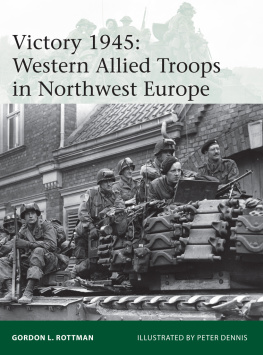
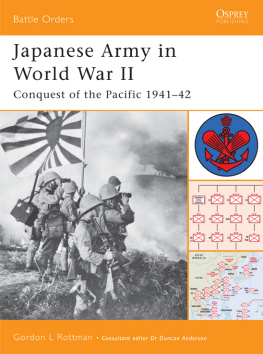
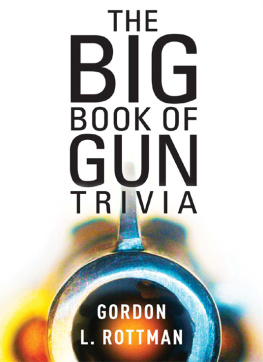
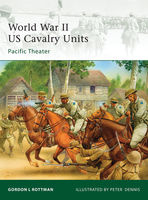
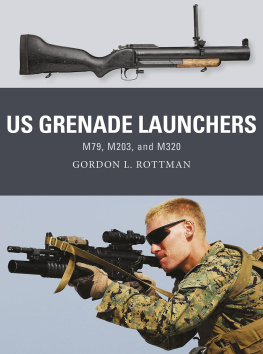
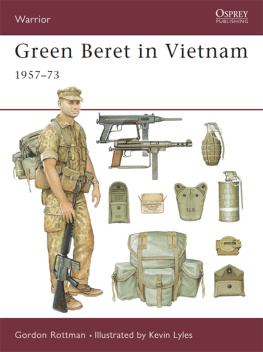
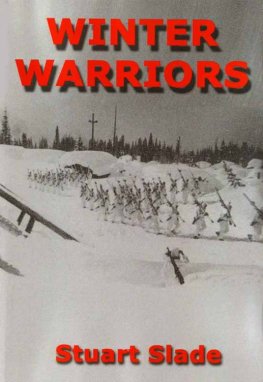
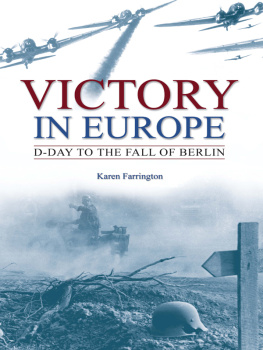
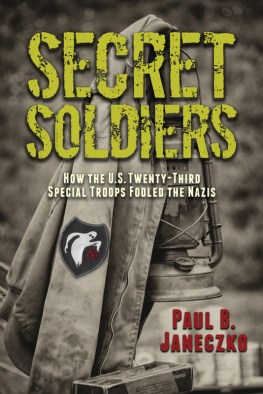

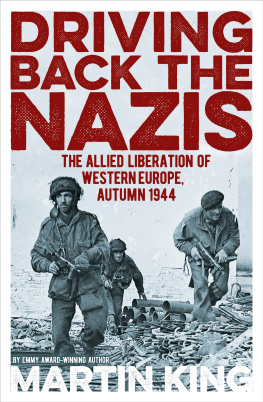
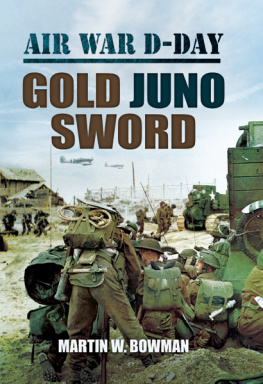
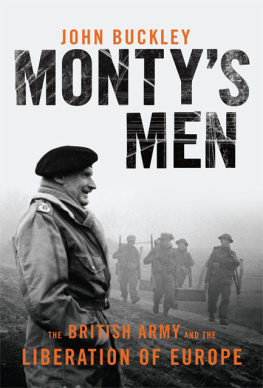
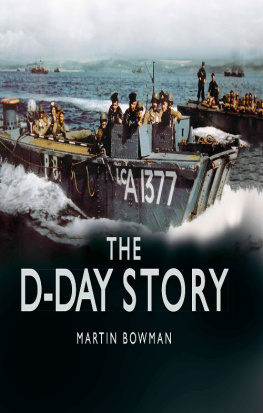
![Russell - Leaping The Atlantic Wall - Army Air Forces Campaigns In Western Europe, 1942-1945 [Illustrated Edition]](/uploads/posts/book/94591/thumbs/russell-leaping-the-atlantic-wall-army-air.jpg)

